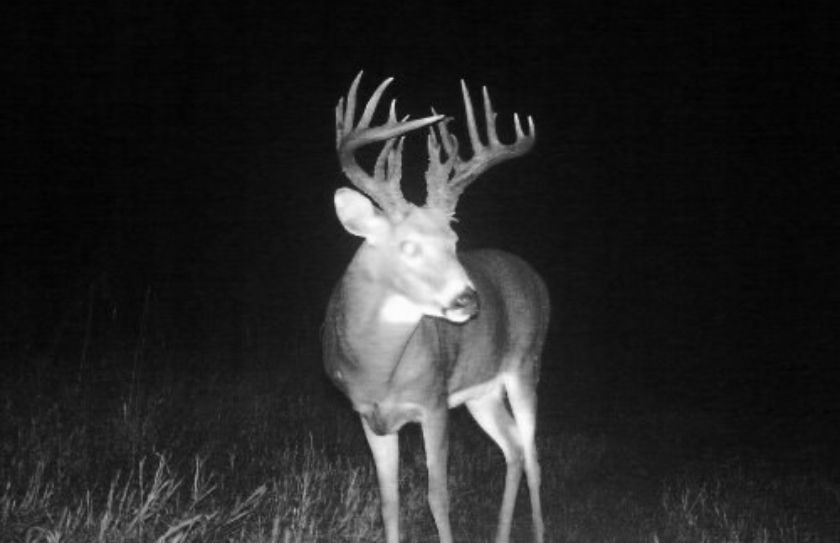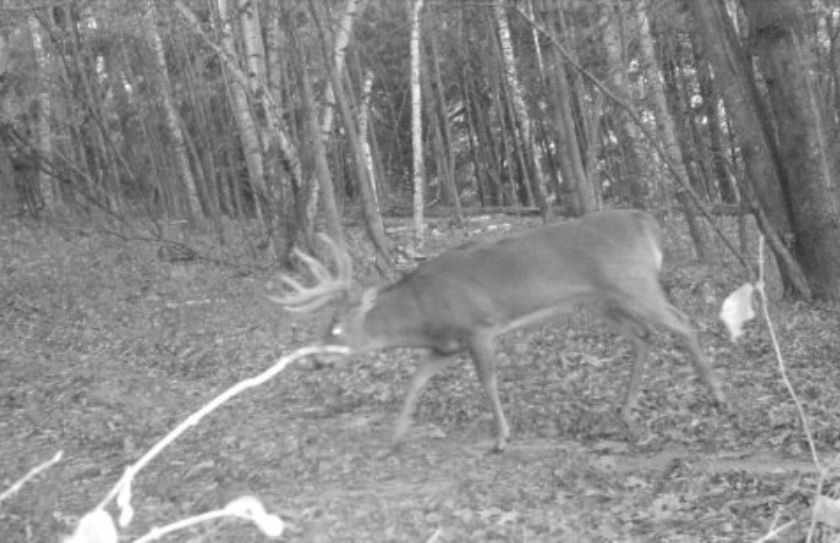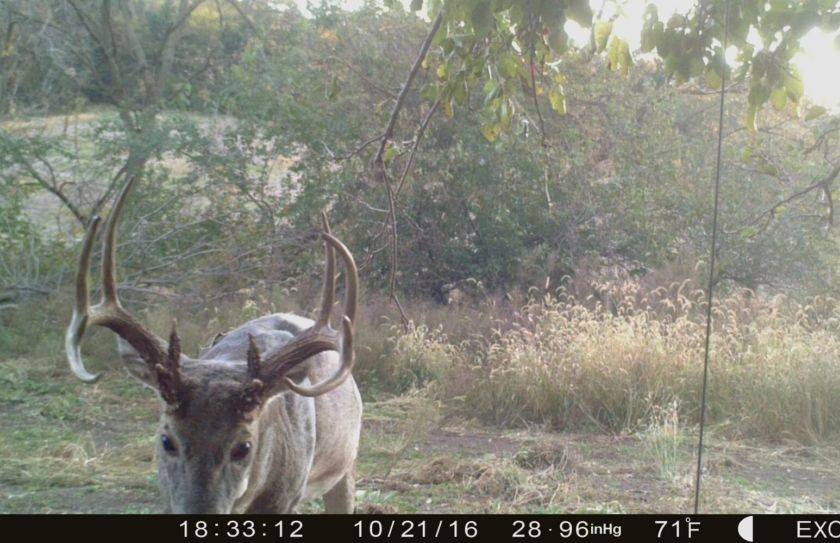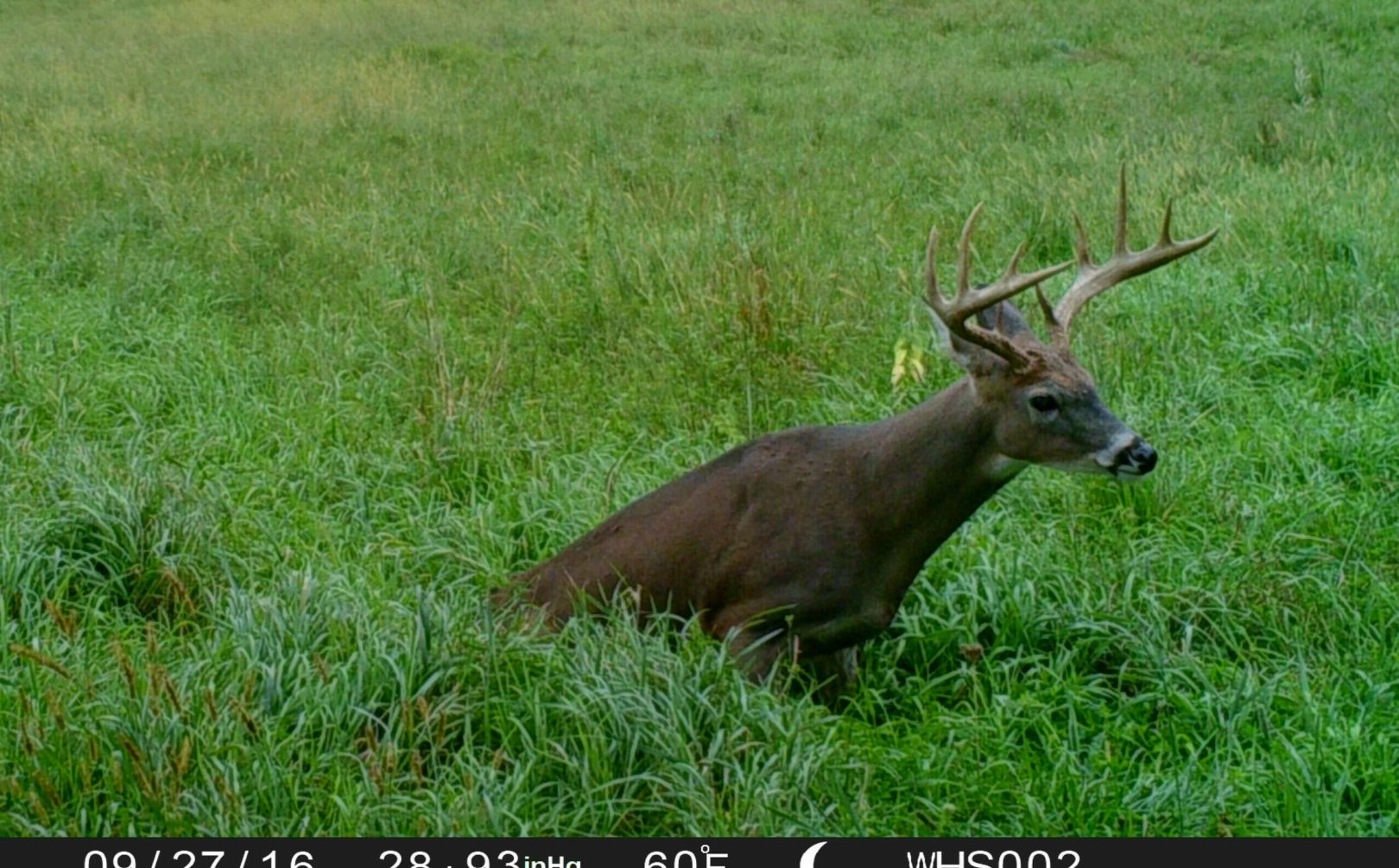
When will a mature buck's patterns turn to daylight? When the weather tells him to. After using the weather to pattern bucks for nearly 3 decades, I have found that when the weather speaks, it rarely lies. You can find a mature buck on his feet and near your stand during shooting hours, by using the weather to pattern him.
How To Use The Weather To Pattern Bucks
Obviously, the weather forecast is a moving target. During one year the weather patterns can be cool and other years the weather patterns are warm. However, understanding how to use the weather to pattern a buck boils down to change. Folks, reading the forecast works because the changes are all relative. What that means is that a forecasted daytime drop from 75 to 60, is worth nearly as much as when daytime highs are forecasted to drop from 60 to 45. A 15 degree drop, is still a 15 degree drop. The same can be said for wind and other extreme weather conditions as well. Change is good! But some changes are better than others, so the following is a list of the indicators that you need to pay attention to, for you to get the most out of your weather reading whitetail activities:
1. Temperature Drop
If you have followed my writings and books for the past several years, my encouragement for using the temperature to pattern a buck will be of no surprise. When there are forecasted temperature drops for daily highs or lows near double digits or greater, you need to pay attention! Cold fronts only sweep through the area every 7-10 days throughout the season, so it pays to watch the weather forecast religiously. Although the period of 12-24 hours just prior to a cold front can offer an above average sit, in my experience the timeframe up to 36 to 48 hours after the front is complete is when mature bucks most reliably rise to their feet. The best conditions feature the full effect of the cooler temperatures, clearing skies and a rising barometric pressure. For example as I write today a cold front is sweeping through the area later tonight. While I do not plan to sit today or tomorrow morning, I do plan to place an extremely high priority on tomorrow evening (Friday) and both the morning and evening sit opportunities for the following day (Saturday). Although the value will not be as high, Sunday will still be a great all-around day to hit the woods.
*Something important to note is that the forecasted low for a particular day, is actually the forecasted morning low for the next day. If the low is forecasted to be 32 degrees on a given Thursday, you can expect 32 degrees to be the temperature for Friday morning, not Thursday.
2. Wind Speed Change
The change in wind speed is also a great weather pattern to help you hone in on a mature buck. Even extreme wind differences should be taken advantage of! Wind equals stress to whitetails. Excess noise and movement in the woods often causes deer to sit tight, miss feedings and burn energy due to stress and temperature drop. While a 25mph wind is a pretty stiff breeze, it pales in comparison to wind speeds of over 40mph. If you see a drop of 40 to 25 or 25 to 10, make sure to hit the woods to take advantage of the lower stress levels that are likely to urge a giant buck to his feet.
3. Extreme Weather Effects
One of my favorite times to enter the woods has been during the back-end of a rainstorm. You can easily access a treestand for a completely non-invasive sit and then be ready as soon as the conditions clear. Changes in snowy weather can offer the same level of potential success. In 2010 I had an outstanding encounter with a 6 year old 8 point that I was after that was pushing 170". I approached the stand during heavy snow and wind and as the hours ticked by towards darkness the skies cleared, the snow stopped, the temperatures dipped towards single digits and the winds died. To this day that is still one of my best sits that I have ever had, seeing a total of over 40 deer on the move including nearly a dozen bucks. The only bad thing? I missed; it happens!
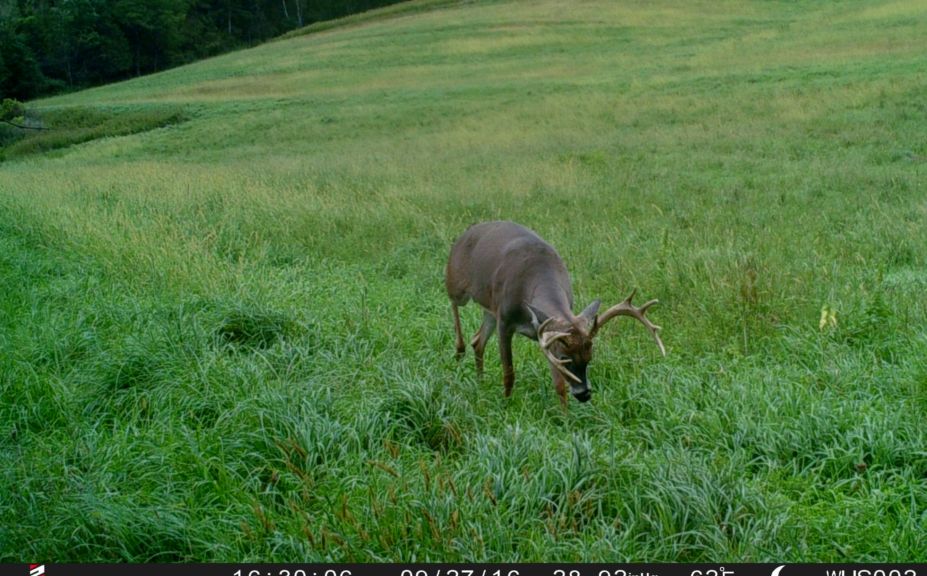
Moon Phase Vs Weather Patterns
Red moons, full moons, harvest moons and beyond have been proven to have zero effect on the timing of the rut. However, they can encourage slight feeding pattern changes based on the rollercoaster effect the moon can play on the 5 feeding times per day of whitetails. High, safe full moons in the evening equal safe, social all-night feeding for whitetails. This oftens downplays the value of an evening sit and increases the potential of a late morning encounter with a mature buck, in particular if you are set up near a buck's remote daytime bedding area. However, in my experience that is where the value of watching the moon phase ends.
A concept that I developed and that has rewarded me time and time again is this: "You will find outstanding hunting conditions during a poor moon phase and great weather conditions, but you will rarely find even average hunting conditions during a great moon phase and poor weather conditions". If you live by the weather and ignore the moon your efforts will not only be reliably rewarded, but they become a whole lot easier!
The Entire Whitetail Weather Pattern Conclusion
This is a pretty simple conclusion: If you see a double digit temperature drop, huge wind reductions and clearing skies, climb into your stand no matter what time of the season! I stake my entire hunting career on the 36-48 hours after major cold fronts role through and since the early 90s I have been rewarded to an extremely high level of precision. I urge you to do the same and I look forward to hearing about it.
